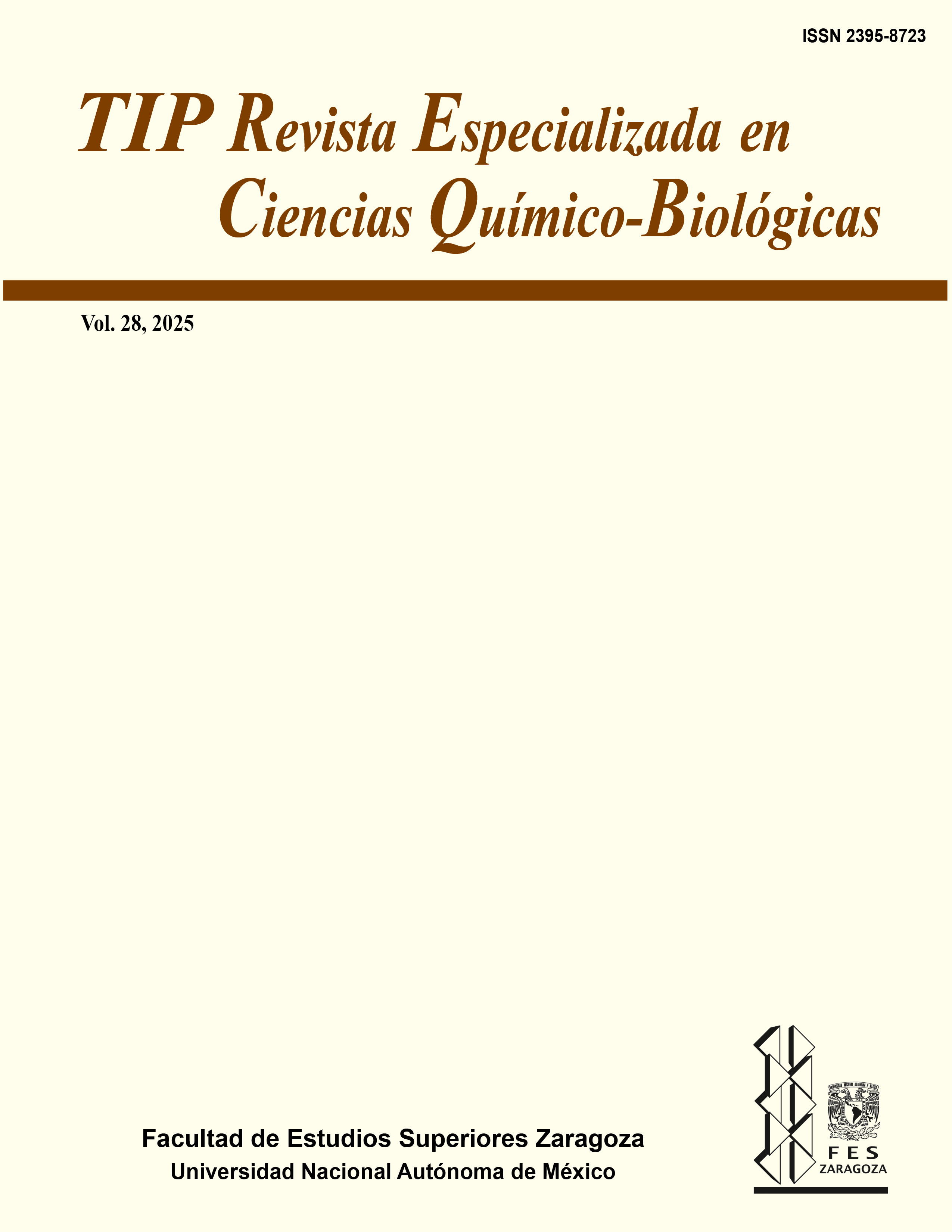Abstract
The study and modification of animal and human cells under controlled laboratory conditions have made cell cultures a crucial model for basic, biomedical, and pharmaceutical research. This text details the origin and development of this technique, addressing key concepts such as in vivo, ex vivo, in vitro and in silico in the context of cell culture. A historical review is provided on how problems such as sterility, substrate adhesion, and the supplements necessary for cell survival and proliferation were resolved. Initial examples stand out where cell cultures allowed us to investigate phenomena such as signaling and gene regulation. The first stage included culturing murine fibroblasts and tumor cells in ascites fluid, as well as establishing HeLa and MCF-7 cells for breast cancer studies. The importance of fetal bovine serum and how transfection into HEK293 cells facilitated the industrial production of therapeutic antibodies is discussed. Finally, the evolution of the culture media currently used is described.
TIP Magazine Specialized in Chemical-Biological Sciences, distributed under Creative Commons License: Attribution + Noncommercial + NoDerivatives 4.0 International.



